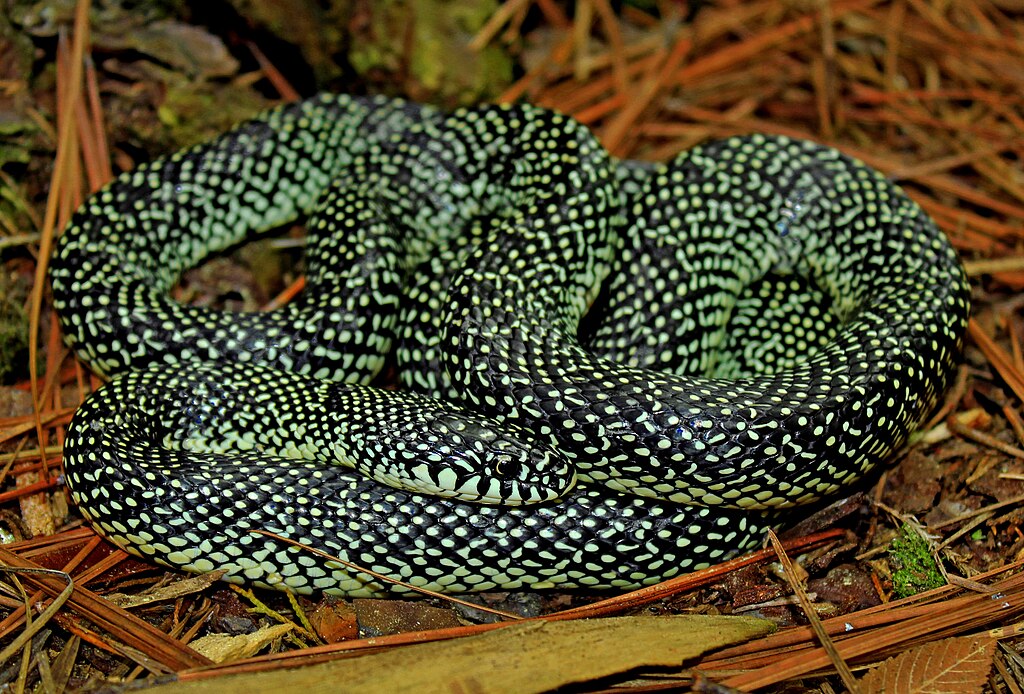Snakes in captivity often lack the stimulation and challenges they would experience in their natural habitats. While many snake owners provide the basics of proper housing, temperature, and nutrition, environmental enrichment is frequently overlooked. Enrichment activities promote natural behaviors, prevent boredom, reduce stress, and contribute to your snake’s overall physical and psychological well-being. A well-designed enrichment routine can transform your snake’s enclosure from a simple container into an engaging habitat that encourages exploration, problem-solving, and exercise. This comprehensive guide will help you understand the importance of enrichment and provide practical ways to implement a routine that keeps your scaly companion active, healthy, and thriving.
Understanding the Importance of Snake Enrichment
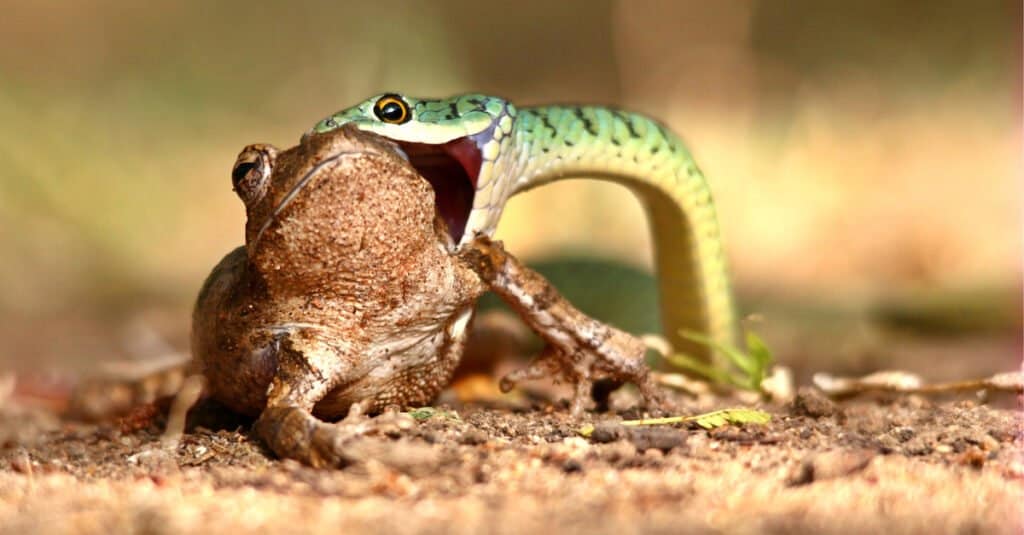
Enrichment is essential for captive snakes as it stimulates natural behaviors and prevents the development of abnormal ones such as excessive hiding, aggression, or reluctance to eat. Wild snakes spend significant time hunting, exploring territories, thermoregulating, seeking mates, and avoiding predators—activities that challenge them mentally and physically. When kept in captivity without adequate stimulation, snakes can become lethargic, overweight, or display stress behaviors like excessive rubbing against enclosure walls or abnormal feeding responses. Research has shown that appropriate enrichment can reduce stress hormones and improve overall health outcomes in reptiles, including enhanced immune function and better reproductive success. By implementing enrichment, you’re not just entertaining your snake but fulfilling a biological necessity for its optimal welfare.
Assessing Your Snake’s Natural Behaviors
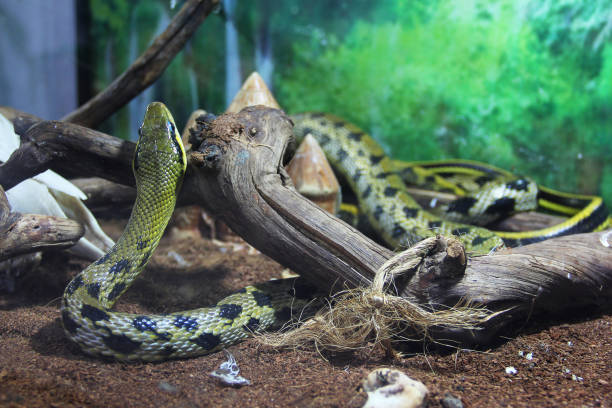
Before designing an enrichment program, take time to research and understand your specific snake species’ natural behaviors in the wild. Arboreal species like green tree pythons will benefit from climbing opportunities, while terrestrial species such as corn snakes need ground-level exploration options. Burrowing species like sand boas require substrate they can dig into and create tunnels. Observe your individual snake’s preferences—some may be more active at night (nocturnal), during twilight hours (crepuscular), or daytime (diurnal), which will influence when enrichment activities will be most effective. Note which behaviors your snake already exhibits in captivity, such as climbing, exploring, soaking, or hiding, as these provide clues to the types of enrichment they might enjoy. Understanding these natural tendencies will help you create targeted enrichment that aligns with your snake’s evolutionary adaptations and individual personality.
Starting with Habitat Enrichment
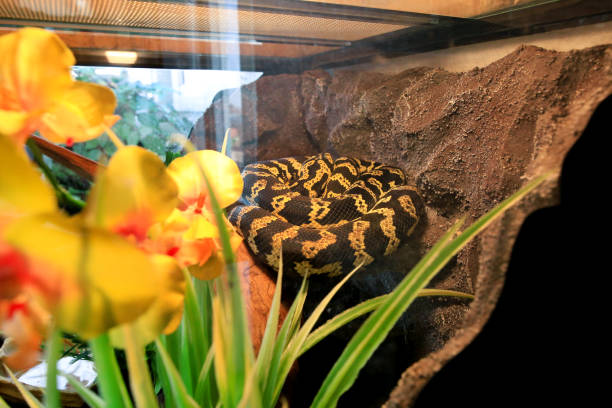
The foundation of any enrichment program begins with the snake’s habitat design, which should mimic elements of their natural environment. Create a bioactive setup with live plants (ensure they’re non-toxic to snakes), varying substrate depths, and multiple microhabitats within the enclosure. Incorporate different textures by using cork bark, rocks, branches, leaves, and moss that provide tactile stimulation as your snake moves across them. Design the habitat with multiple levels by adding secure climbing branches, hammocks, or platforms for arboreal species or partial climbers. Include at least two appropriate hides at different temperature zones to allow proper thermoregulation while feeling secure. This complex environment encourages natural locomotive behaviors and provides your snake with choices about where to rest, bask, hunt, and explore, stimulating decision-making processes similar to those used in the wild.
Implementing Feeding Enrichment Techniques
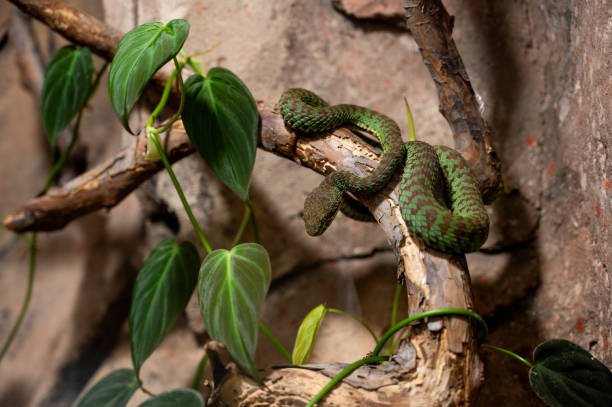
Feeding time offers excellent opportunities for enrichment by simulating hunting behaviors rather than simply offering pre-killed prey in the same location each time. Try varying feeding locations within the enclosure to encourage your snake to search and use its sensory abilities to locate food. For appropriate species, consider puzzle feeders that make your snake work slightly harder to access their meal—this could be as simple as partially hiding prey under cage furnishings or in specialized feeding devices designed for reptiles. Some owners occasionally use feeding tongs to move prey items in naturalistic ways, stimulating the snake’s predatory response and providing exercise before feeding. Always ensure that any feeding enrichment is safe and doesn’t risk injury or cause undue stress, especially for snakes that are reluctant feeders or have specialized feeding requirements.
Creating Sensory Enrichment Opportunities
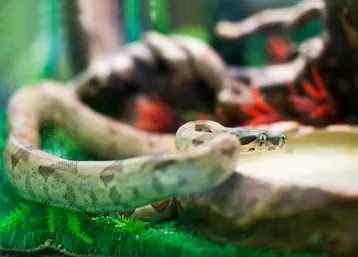
Snakes primarily rely on chemical sensing through their Jacobson’s organ, vision, and detection of vibrations, making sensory enrichment particularly valuable. Introduce new scents occasionally by placing safe, natural items like leaves, wood, or substrate from outside (properly sanitized) into the enclosure, which provides novel olfactory stimulation. Some keepers report success with carefully introducing scent trails using diluted prey scents that encourage exploration behavior. Visual enrichment can include rearranging cage elements periodically or providing a view of appropriate activity outside the enclosure without causing stress. Be mindful of auditory enrichment—while snakes aren’t particularly sensitive to airborne sounds, they can detect vibrations, so placing the enclosure where they can sense some environmental vibrations (though not excessive or startling ones) can provide subtle stimulation. Each of these sensory inputs helps keep your snake’s natural detection systems engaged and functioning.
Incorporating Physical Exercise Opportunities
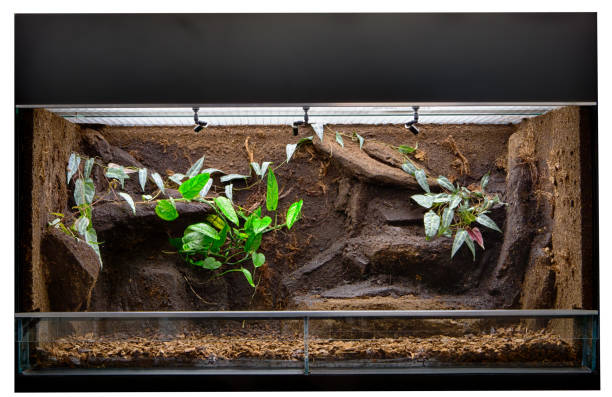
Regular physical activity is crucial for maintaining muscle tone, proper digestion, and preventing obesity in captive snakes. Design your enclosure to maximize usable space by incorporating secure climbing structures for arboreal species or partial climbers like rat snakes and boas. Provide tunnels, tight spaces to squeeze through, and varying terrain that requires different types of movement, including stretching, climbing, and navigating obstacles. For water-loving species such as water snakes or anacondas, incorporate a large enough water feature that allows swimming and aquatic exploration. Supervised “free-roaming” time in a snake-proofed room can offer additional exercise, though always ensure the area is secure, appropriate temperature, and free of hazards. Remember that exercise should be voluntary and naturalistic—never force your snake into activities, but rather provide opportunities that entice them to move in ways that mimic their wild behaviors.
Establishing a Rotational Enrichment Schedule
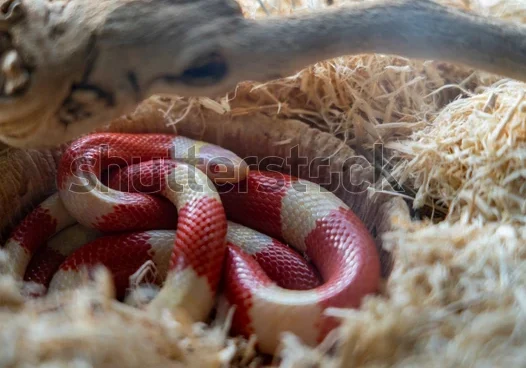
To prevent habituation and maintain your snake’s interest, implement a rotational schedule that regularly introduces new enrichment items while removing others temporarily. Create a calendar system that tracks which enrichment items are currently in use and when they should be rotated out, typically every few weeks for physical items. Schedule different types of enrichment activities throughout the month, alternating between habitat changes, new scents, feeding challenges, and novel objects. Document your snake’s reactions to different enrichment strategies, noting which generate the most interest and positive behaviors. This systematic approach prevents overwhelming your snake with too many changes at once while ensuring continued novelty and stimulation. Remember that some snakes may need a slower introduction to new elements, so adjust your rotation schedule based on your individual snake’s temperament and adaptability.
Monitoring Behavioral Responses to Enrichment
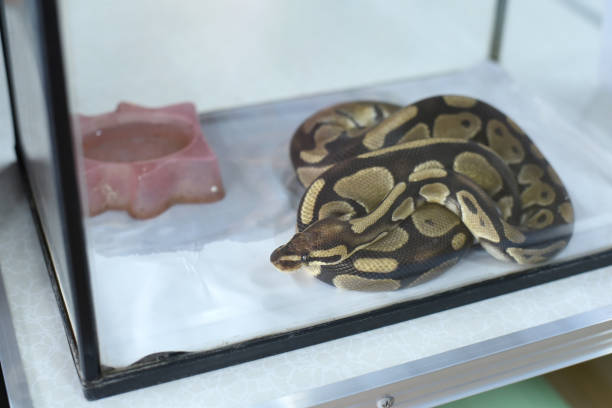
Careful observation of your snake’s behavior is essential to evaluate the effectiveness of your enrichment program and make necessary adjustments. Positive indicators include increased activity, exploration, tongue flicking (indicating interest), use of enrichment items, and normal feeding and shedding cycles. Watch for negative stress signals such as excessive hiding, defensive postures, refusal to eat, or repetitive behaviors like rubbing against enclosure walls. Keep a log of enrichment activities and corresponding behaviors to identify patterns over time—what works well, what needs modification, and what should be avoided. Make gradual adjustments based on these observations, recognizing that individual snakes have unique preferences and tolerance levels for novelty. If introducing a new enrichment item causes stress, remove it immediately and try a more gradual introduction later, or try a different approach entirely.
DIY Enrichment Ideas for Budget-Conscious Owners
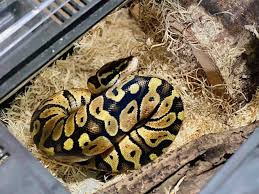
Creating effective enrichment doesn’t have to be expensive—many highly effective items can be made from household materials or low-cost items. Construct climbing branches from untreated hardwood collected from snake-safe areas (bake at 250°F for 2-3 hours to sanitize), or create natural hides from coconut shells, flower pots, or cardboard boxes that can be easily replaced when soiled. Make textured substrate mixes by combining commercial reptile substrates with safe additions like sphagnum moss, leaf litter, or coconut fiber to create diverse tactile experiences. Repurpose plastic containers to create puzzle feeders by cutting snake-sized holes that require some navigation to reach prey items. Paper tubes of appropriate size make excellent tunnels that can be arranged in different configurations and easily replaced. Always ensure homemade items are free from harmful chemicals, have no sharp edges, can’t collapse on your snake, and are sized appropriately for your specific snake’s size and strength.
Seasonal Enrichment Variations

Many snake species experience seasonal changes in behavior in the wild, and mimicking these seasonal variations can provide additional enrichment. During your snake’s naturally more active seasons (often spring and summer), increase enrichment complexity with more climbing options, novel items, and interactive feeding strategies. During traditional brumation periods (winter slowdown for many temperate species), you might reduce enrichment slightly and focus on providing extra secure hiding spots and less frequent disturbance. Consider seasonal natural materials like autumn leaves (pesticide-free) in fall, fresh spring branches with buds in spring, or varying the substrate depth seasonally. Some keepers also make subtle adjustments to lighting duration to mimic natural seasonal photoperiods, which can help regulate your snake’s internal rhythms. These seasonal variations prevent habituation to enrichment and support your snake’s natural biological cycles, even in captivity.
Safe Handling as Social Enrichment
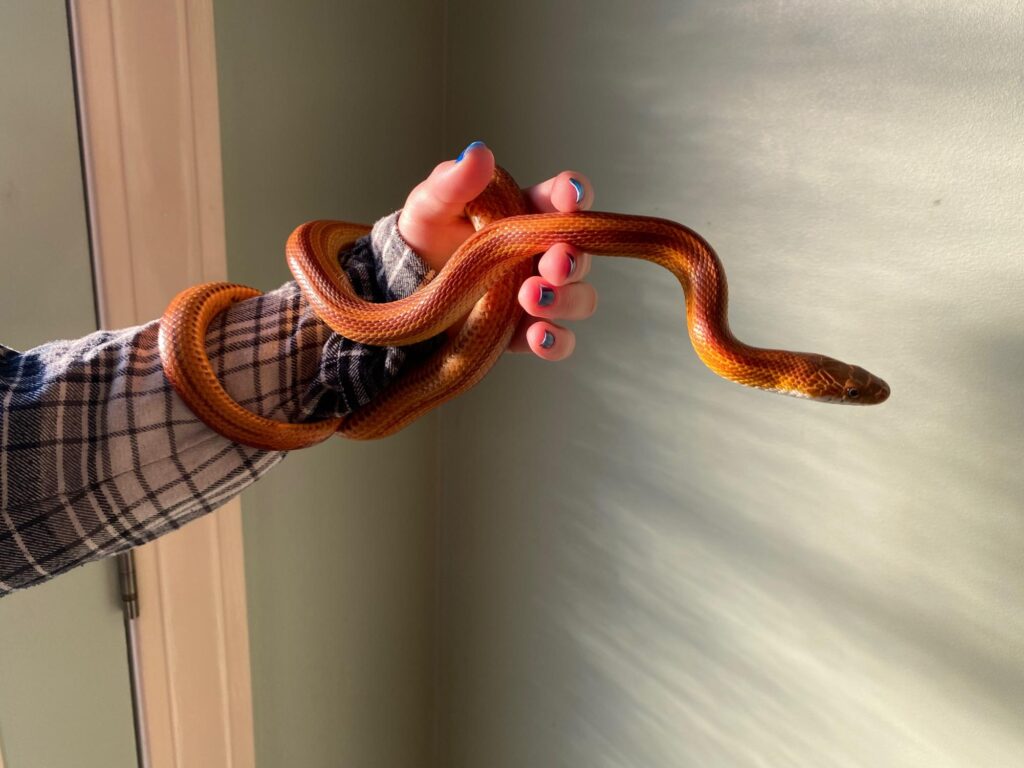
While snakes aren’t social animals that seek interaction for its own sake, appropriate handling can provide enrichment through environmental change and gentle physical stimulation. Establish a consistent, gentle handling routine that allows your snake to explore new environments under supervision. During handling sessions, provide different textures to move across, such as blankets, specially designed snake-safe climbing structures, or your arms and hands. Keep initial handling sessions brief (5-10 minutes) and gradually extend them as your snake shows comfort with the interaction. Always watch for stress signals like rapid breathing, tense muscles, defensive postures, or attempts to flee rapidly, which indicate the session should end. Remember that handling is for the snake’s benefit, not just the owner’s enjoyment, so ensure the experience remains positive and stress-free, with the snake setting the pace for interaction.
Addressing Special Enrichment Needs
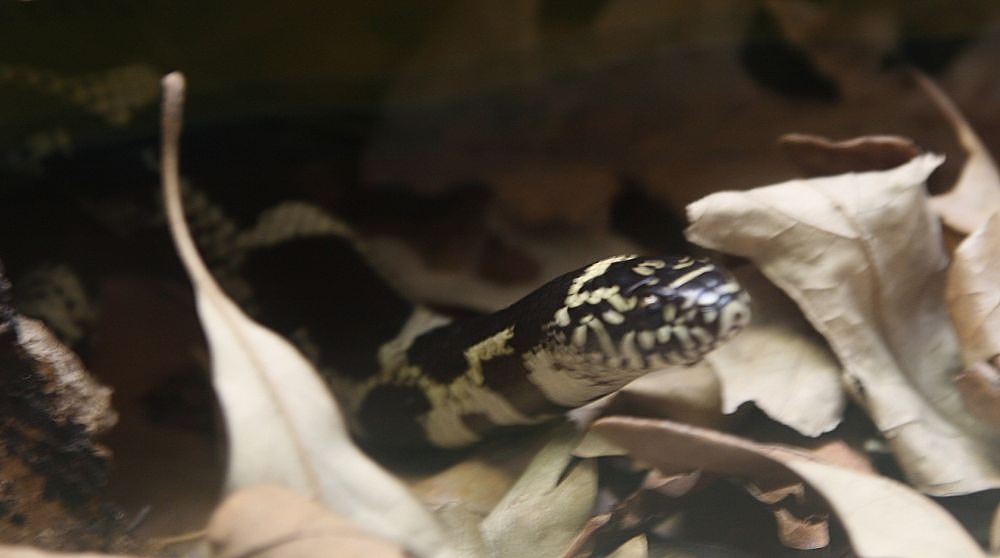
Different snake species, age groups, and individuals with health issues may require tailored enrichment approaches. Young, growing snakes often benefit from more frequent but simpler enrichment changes that support their developing muscles and hunting instincts without overwhelming them. Elderly snakes may need less physically demanding enrichment with more focus on comfortable resting spots with various textures and gentle sensory stimulation. Snakes recovering from illness or injury should have limited enrichment that doesn’t tax their energy reserves but still provides mental stimulation—perhaps focusing on scent enrichment rather than physical challenges. Particularly shy species may need enrichment that allows them to remain hidden while still interacting with novel elements, such as scented items placed near hide entrances. Always consult with a reptile veterinarian before implementing enrichment for snakes with special health considerations to ensure the activities support rather than hinder recovery or management of chronic conditions.
Common Enrichment Mistakes to Avoid
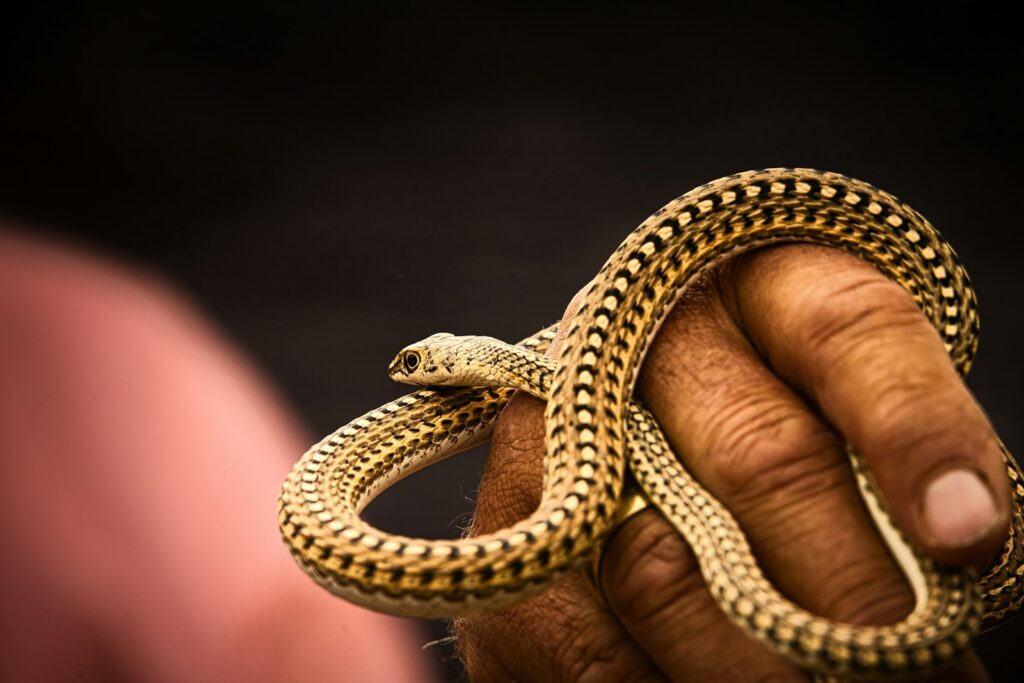
Even well-intentioned snake owners can make enrichment mistakes that cause stress rather than benefits. One frequent error is introducing too many new items simultaneously, which can overwhelm your snake. Instead, change one element at a time and observe the response. Another mistake is creating unstable climbing structures that might collapse, potentially injuring your snake or creating a fear of climbing. Some owners inadvertently provide enrichment that interferes with the snake’s ability to thermoregulate by blocking access to heat sources or creating humidity traps. Using inappropriate materials such as aromatic woods (pine, cedar), items with small parts that could be ingested, or rough surfaces that might damage delicate scales can create health hazards. Perhaps most importantly, failing to recognize when enrichment is causing stress rather than positive stimulation can lead to persistent anxiety. Always prioritize your snake’s comfort over your enrichment goals, and be willing to modify or abandon approaches that aren’t working.
Building a Community of Enrichment Ideas
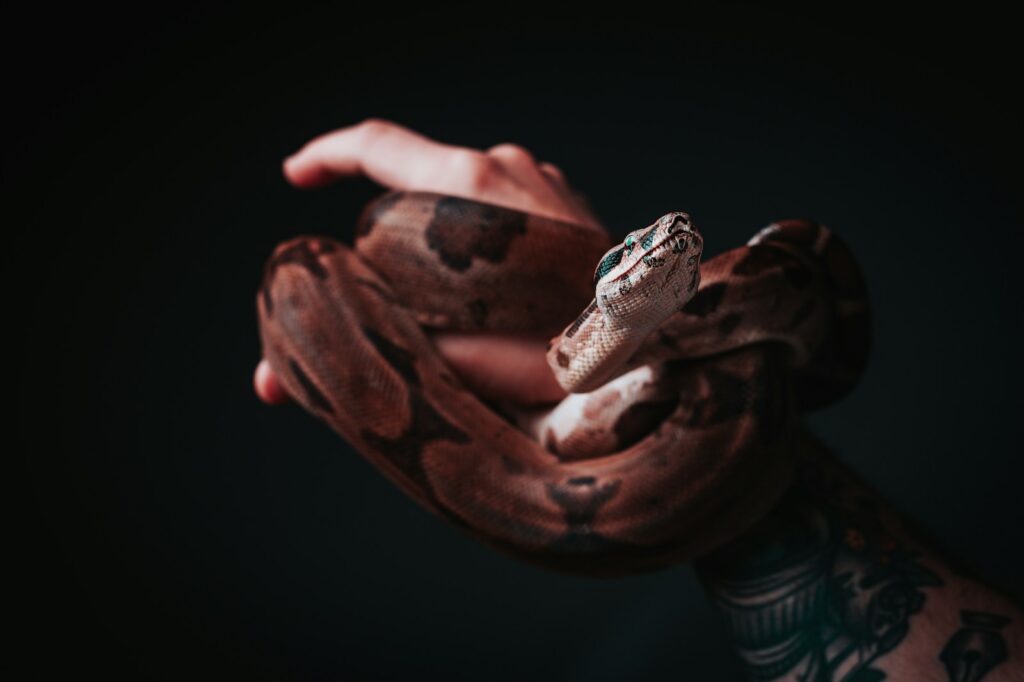
Connecting with other snake enthusiasts can dramatically expand your enrichment repertoire and help you solve specific challenges. Join species-specific forums, social media groups, or herpetological societies where members share their successful enrichment strategies and troubleshoot problems collectively. Attend reptile expos or workshops where you can learn hands-on enrichment techniques from experienced keepers and veterinarians. Consider keeping an enrichment journal or photo diary that you can share with others and reference for your own snake’s preferences over time. Many reptile veterinarians now recognize the importance of behavioral enrichment and can provide species-specific recommendations based on the latest research in reptile cognition and welfare. By participating in this community knowledge exchange, you not only improve your own snake’s quality of life but also contribute to the advancement of captive snake care standards overall.
Implementing an enrichment routine for your snake represents a commitment to providing not just the necessities of life but an environment that supports psychological well-being and natural behaviors. By starting with thoughtful habitat design and gradually introducing varied sensory, physical, and feeding enrichment activities, you can create a stimulating life for your serpentine companion. Remember that successful enrichment is highly individualized—what works for one snake may not interest another, so observation and adaptation are key components of your strategy. Through patience, creativity, and consistent attention to your snake’s responses, you’ll develop an enrichment program that keeps your pet active, engaged, and healthy throughout its life. This investment in your snake’s well-being not only benefits them but also rewards you with the opportunity to observe more natural behaviors and develop a deeper connection with your remarkable reptilian companion.

